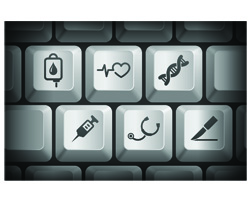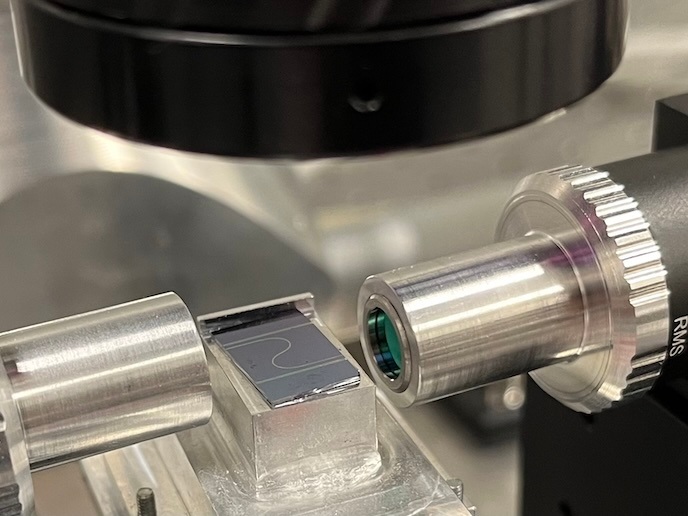The wireless revolution gets healthy
Computer technology can be beneficial in third-world regions; for example, the 'One laptop per child' (OLPC) project initiated by MIT Media Lab in the US provides low-cost laptops to children to empower them through education. Closer to home, a new European initiative is building on the OLPC initiative to enhance availability of medical equipment in poorer and more remote areas of the world. The EU-funded 'Cross layer algorithms for phealth' (CLAP) project is developing a wireless sensor network (WSN) comprising sensors that detect vital signs for healthcare purposes, to supplement OLPC equipment. Such equipment is ideal for monitoring patient health, including blood pressure and cardiac function, in an outpatient environment such as a home or care centre. CLAP is developing a prototype based on the OLPC concept, using low-cost, low-power wireless technologies that bring rural areas closer to governments and to more advanced technology. Known as personalised health (pHealth), this is a research field for personalised medicine that allows these laptops to interface with different medical wireless portable actuators such as respirators and infusion pumps. An OLPC-interconnected community can help facilitate disease management and health status control within a larger population by monitoring, processing and transmitting personal, ambient and environmental parameters. While today's pHealth systems assume an advanced technology environment, the project is developing technology to work under limited, third-world conditions. It is taking into account power consumption, network bandwidth and processing limitations. The CLAP project has already transferred knowledge on WSN trends and research from MIT. It also identified the required architecture and functionality of a WSN to work in the new pHealth context, along with related services. In short, the definition and analysis of the project requirements, usage scenarios, system design and computational algorithms were all carried out. CLAP's initial results show promising potential, and the project is planning a pilot rollout of this novel system to test in a developing country. Different candidates are currently being reviewed, many of which are OLPC villages. If all goes well, medical technology may become much more accessible to the people who need it most.







